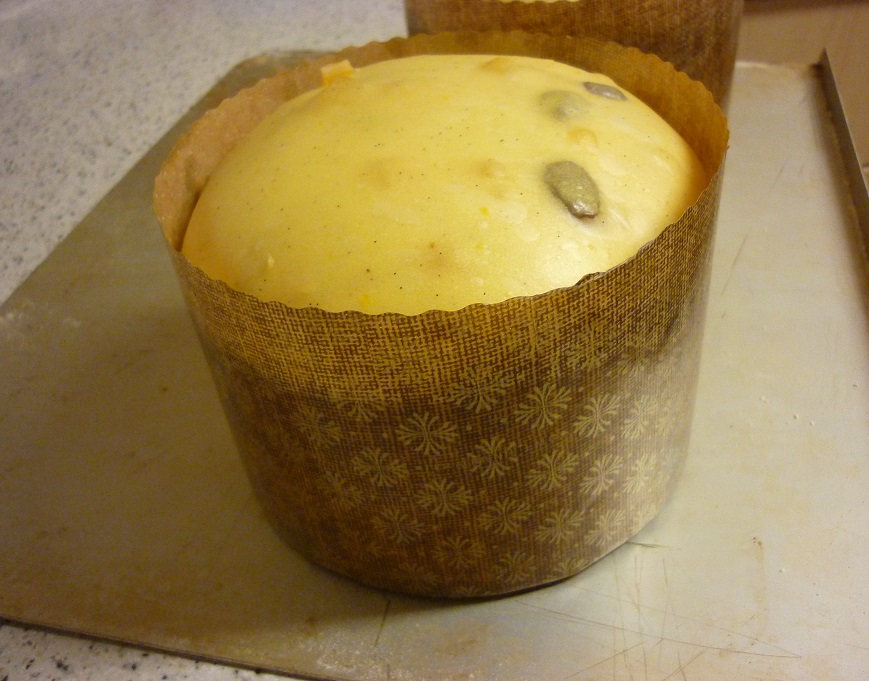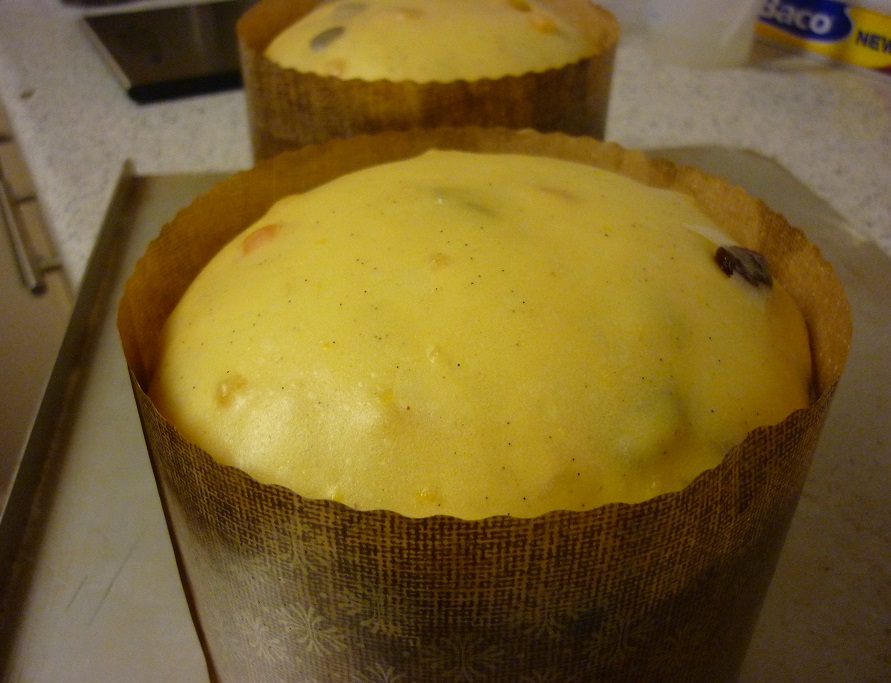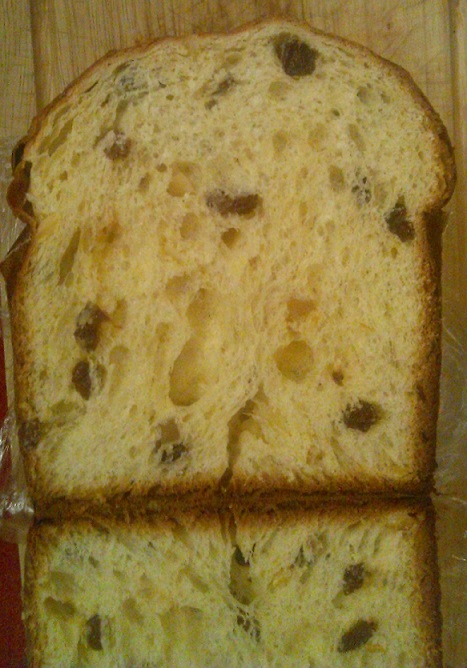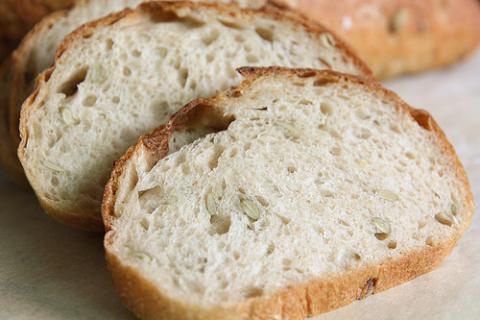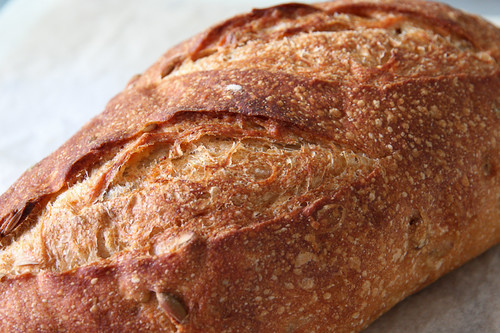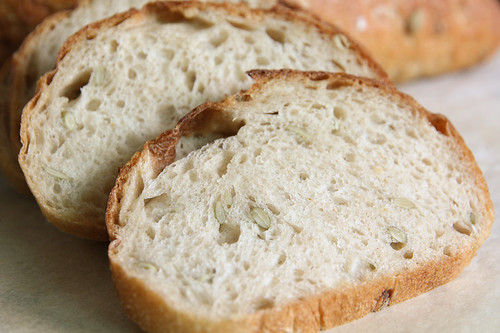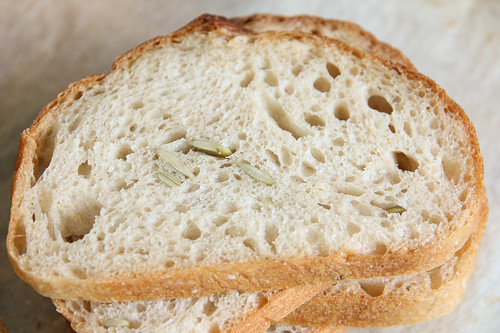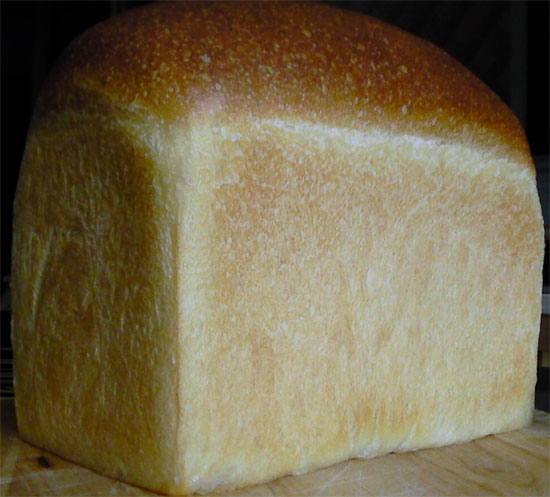
Greenstein's Sourdough Rye (Rye Sour) care and feeding, illustrated
Eagleswings' struggles with a rye starter and the current interest in Jewish sour rye and corn bread have prompted me to re-post my response regarding the care and feeding of rye sour. After making sour rye breads last weekend, I took some photos of my rye sour refreshment which might be helpful to those undertaking rye bread baking for the first time.
The photos that follow illustrate the progression of each stage's ripening. The volume of the sour is, of course, increased with each stage.
DMSnyder's adaptation of Greenstein's Rye Sour:
There are 3 "stages" to make a sour ready to use in a rye bread recipe. You can refrigerate overnight after any of the stages. If you do refrigerate it, use warm water in the next build. The mature sour will probaby be okay to use for a couple of days, but I try to time it to spend no longer that 12 hours since the last feeding. If you have kept it longer under refrigeration, it should be refreshed.
Stage 1:

50 gms of Rye sour refreshed with 100 gms water and 75 gms rye flour, mixed into a paste, scraped down and smoothed over.
Refreshed rye sour with 25 gms (1/4 cup) rye flour sprinkled over the surface. This prevents drying out. Cover airtight (more or less) to ripen.
Ripening refreshed rye sour after 3 hours or so, starting to rise and form a dome, spreading the dry rye flour. Keep covered. Be patient.
Ripening refreshed rye sour after 4-5 hours. Expanded further with more pronounced spreading of dry flour.

Fully ripe rye sour. This should be used immediately. If you are not ready for it, I have refrigerated it overnight. What you don't want is for fermentation to continue until the sour collapses.
Stage 2:
All of the Stage 1 starter
1/2 cup water
3/4 cup rye flour
Mix thoroughly into a thick paste. Scrape down and smooth the surface.
Sprinkle 1/4 cup of rye flour all over the surface. Cover the bowl and let rise for 4-8 hours or untile the dry rye on the surface has spread into "continents" and the surface has domed. Don't wait until it collapses.
Stage 3:
All of the Stage 1 starter
1/2 cup of water
1 cup of rye flour.
You may have to transfer this to a larger bowl. Mix thoroughly into a thicker paste - It should pull away from the sides of the bowl as you mix it. If it is too thin, you can add more rye flour until it is more "dough-like." Cover the starter and let it rise 4-8 hours. It should nearly double in volume and be bubbly.
It's now ready to use to make rye bread.
Greenstein advises to keep the starter refrigerated and stir the starter every 3-4 days and refresh it every 10-12 days by throwing out half of it and mixing in "equal amounts of flour and water."
Greenstein says, if you are going to refrigerate the sour for any length of time, keep it in a covered container in the refrigerator and float a layer of water over it. (I don't generally do the water cover trick.)
I hope this helps some one.
David








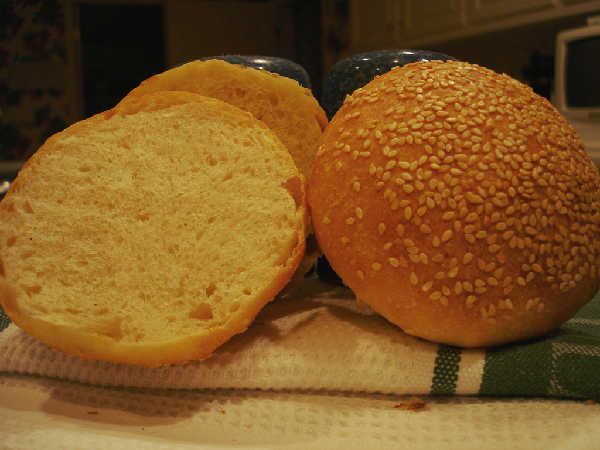 A Hamburger Bun
A Hamburger Bun





